Brahmin Matrimony
by iMarriagesBrahmin matrimony site.
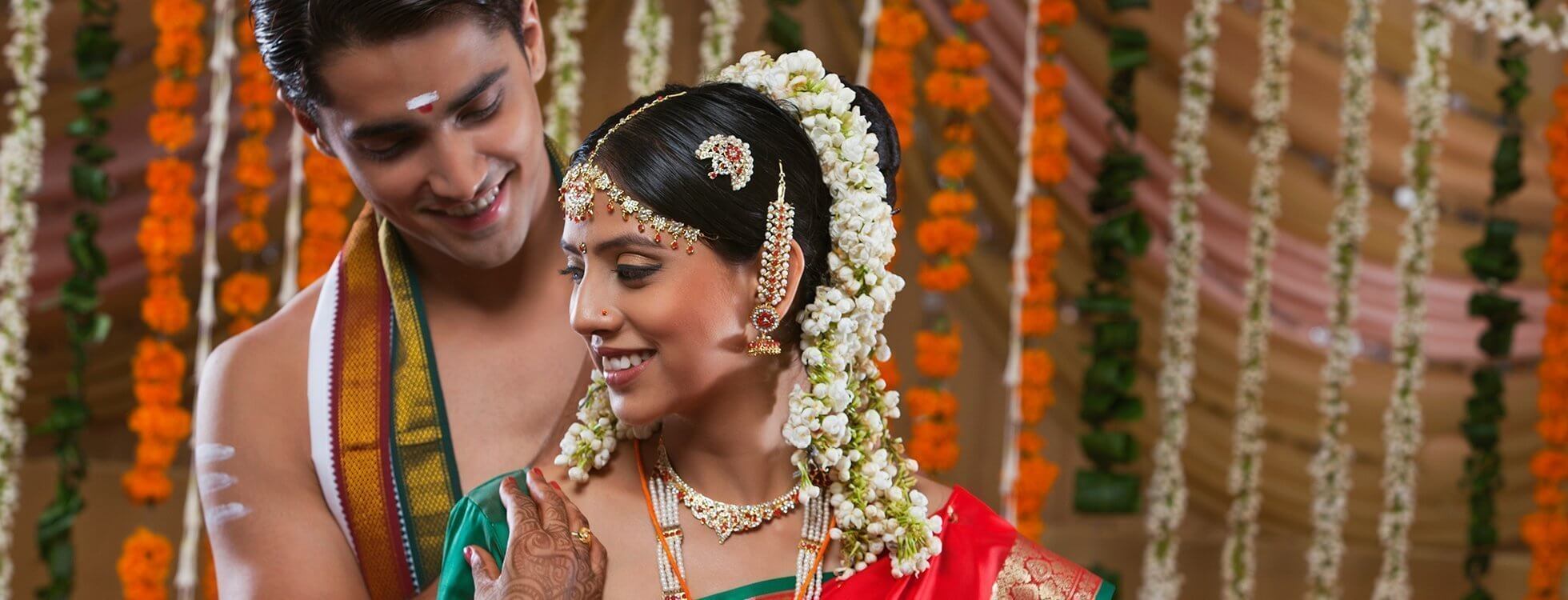

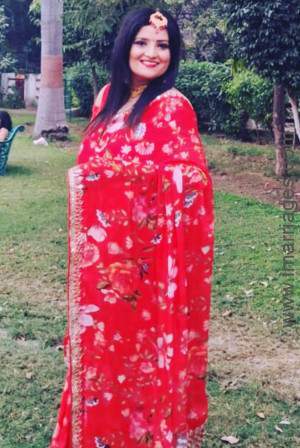
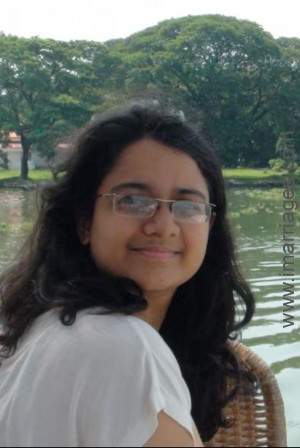
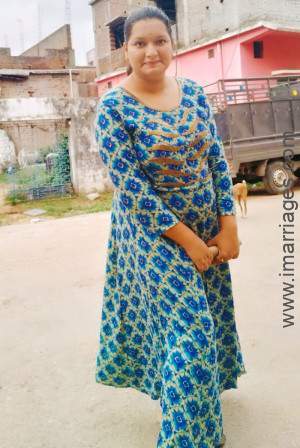
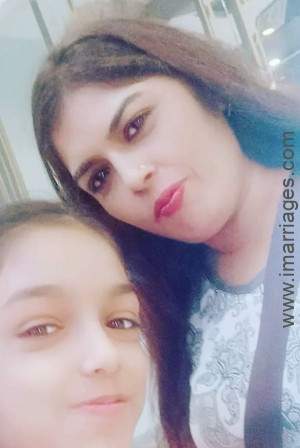
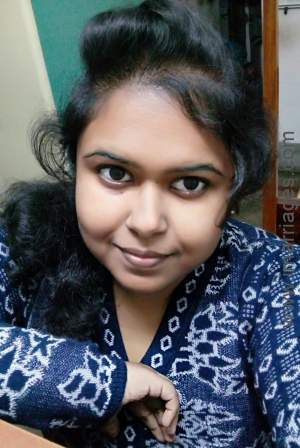
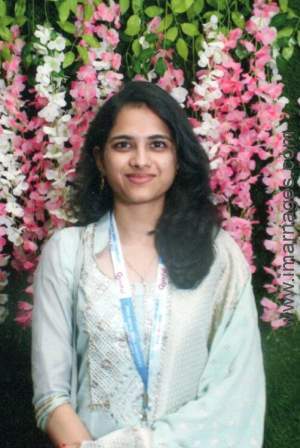
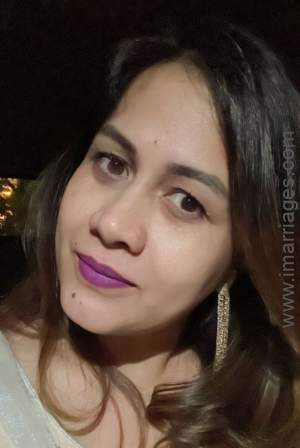
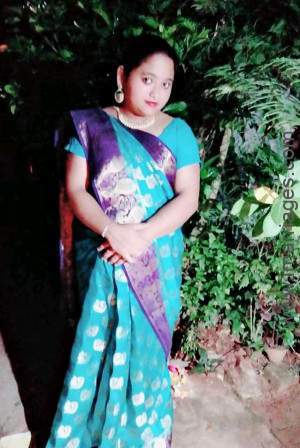
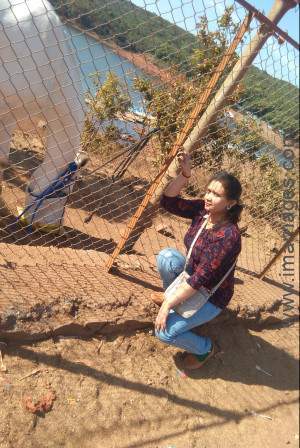
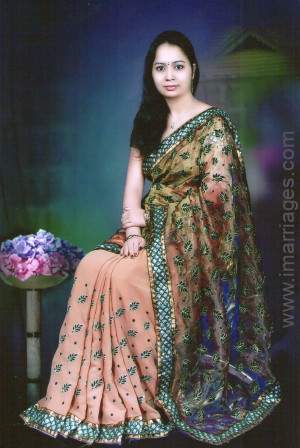
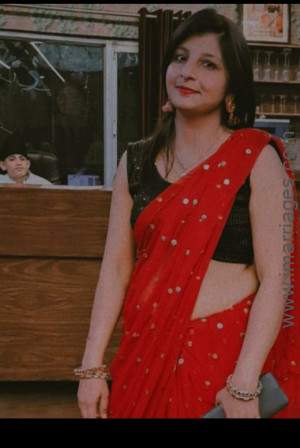
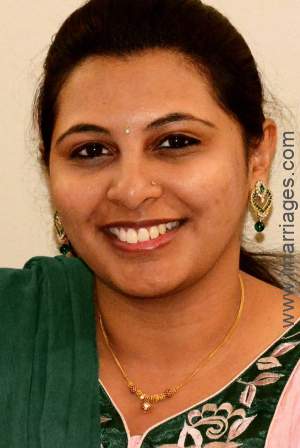
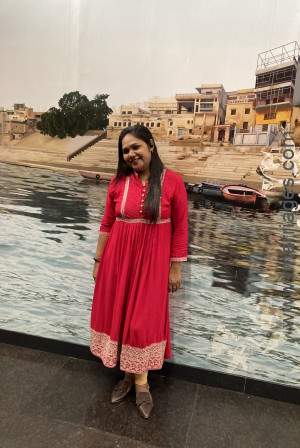
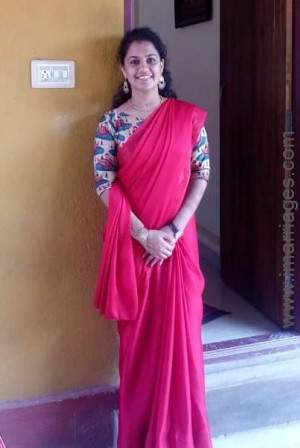
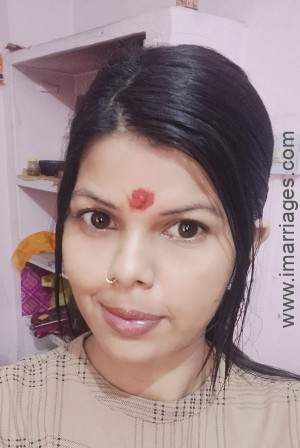

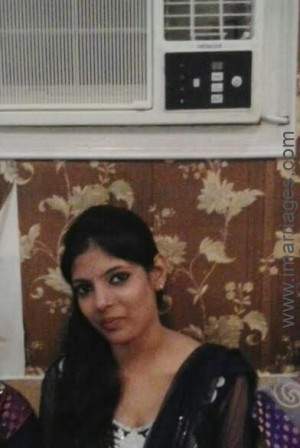



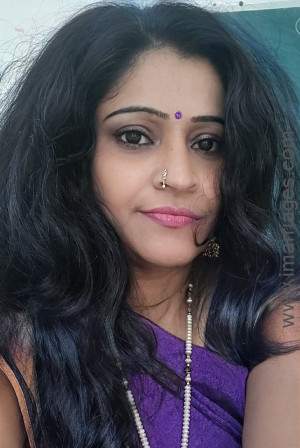
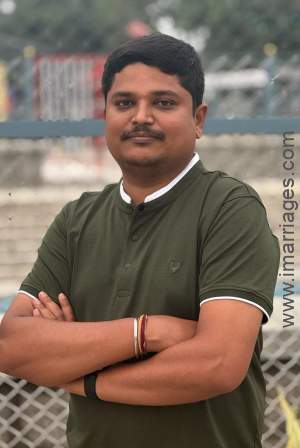
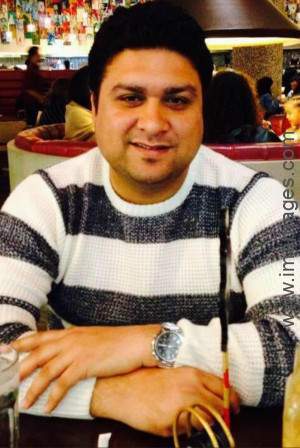


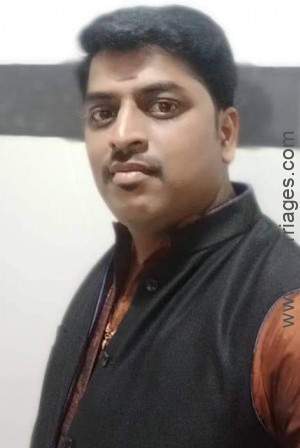
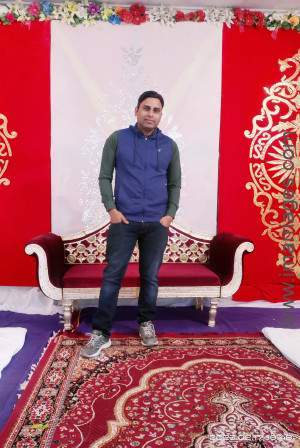

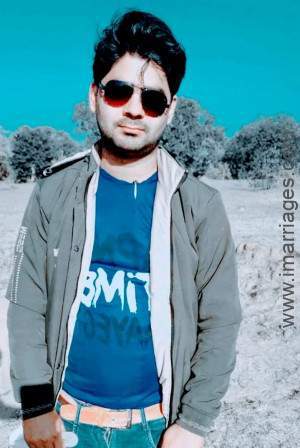
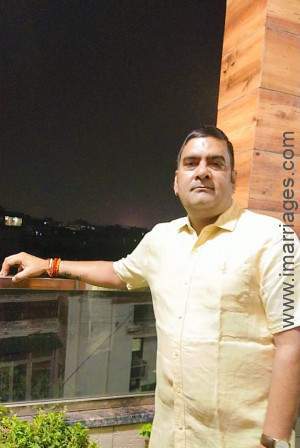

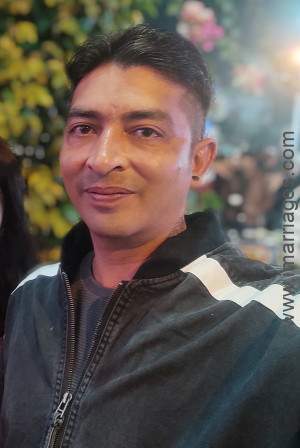
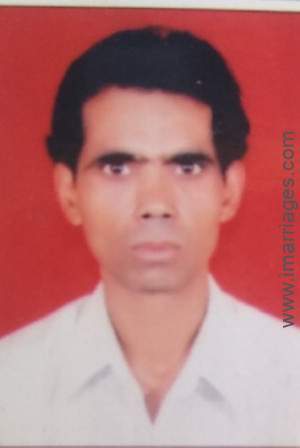

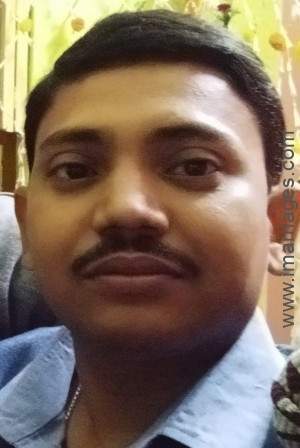

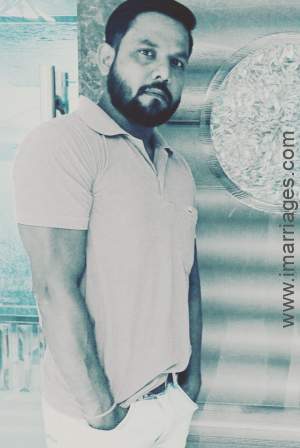

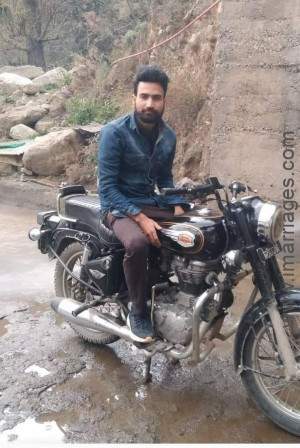
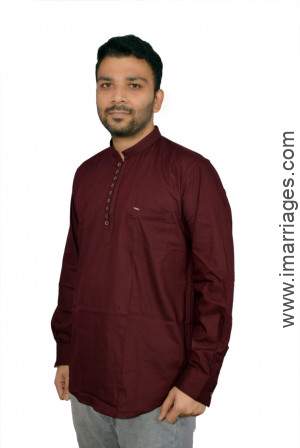
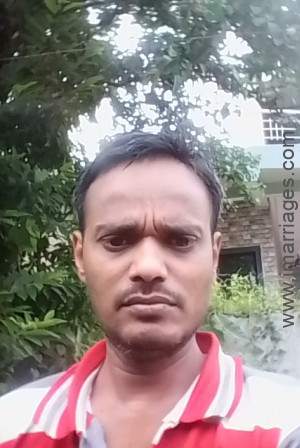
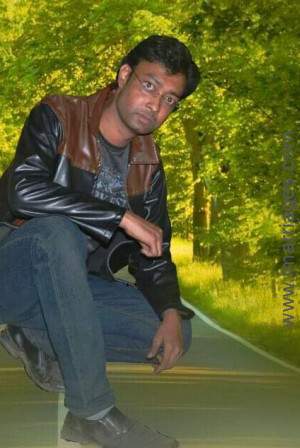
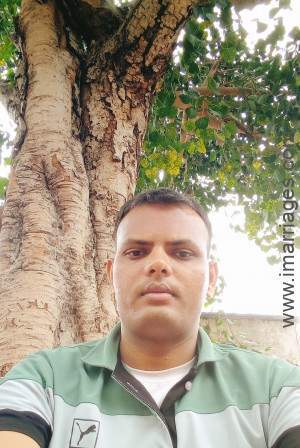

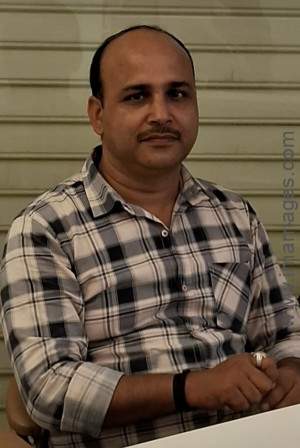
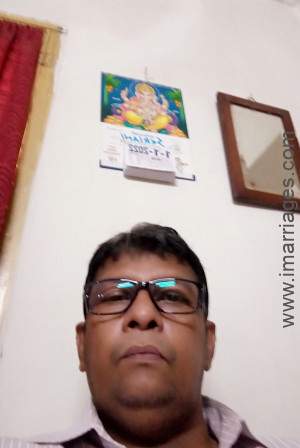
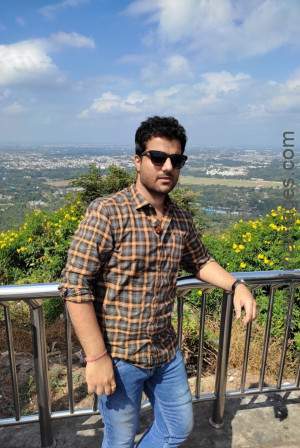
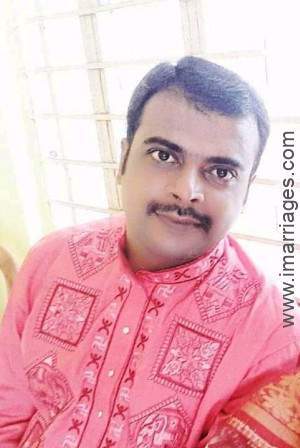
Welcome to Brahmin Matrimony by iMarriages, a free matrimony portal featuring thousands of profiles.
We all think marriages are all about the extravagant decorations, mouth-watering delicacies, fun-filled customs and beautiful wedding attire. However, all these are also a part of Brahmin matrimony, but it is more about the Vedic customs and rituals. These age-old rituals are the intimate part of every Brahmin wedding. Although these rituals appear to be simple, they have deep meanings for both families.
Brahmins are found in every part of India starting from Kashmir to Kanyakumari, and from Gujarat to Bengal. The wedding customs are more or less same for all of them with a bit of local touch. In fact, many rituals are ultimately same but with the different regional name.
So, let us have a closer look at different wedding customs of Brahmin matrimonials.
Brahmin Matrimonials Pre-Wedding Rituals
Matching of horoscope - The wedding rituals among Brahmins start with the matching of horoscope by the family priest. According to Brahmins, the horoscopes are an indicator of future compatibility between the couple. After finding a correct match, the priest decides an auspicious date and time for the actual marriage proceedings. This is known as Siddhant ceremony in the north while Muhurtham among south Indians.
Engagement ceremony - This marks the start of wedding celebrations in Brahmin matrimonial. This ritual is a symbol of acceptance of alliance by both the families. The two families exchange gifts and sweets during this, ritual. They come to know each other during this celebration. Nowadays exchanging of rings has also become a part of this ceremony. However, in south Indian weddings, the prospective bride and groom do not participate in this ritual. This ritual is known as Sagai in the north, Nischaithambulam in the south, while Sakhar puda in Maharastra.
Tribute to ancestors and family deity - This is an important part of the Brahmin wedding. They pay homage to many generations of ancestors to seek their blessings for the couple. Worshipping of family deity follows this ritual. Both the families perform these rituals separately. The elders of the family perform both these rituals.
Ganesh puja - Vedic texts recognize Lord Ganesh as a hurdle breaker. Thus, he is worshipped for an obstacle-free wedding celebration. Groom participates in this pooja along with anyone male elder of his family. While at bride's place only the Male elder of the family performs this pooja.
Haldi ceremony - This ceremony is all about application of turmeric paste on the body of the bride and groom. Turmeric being a healer thought to increase the radiance of the couple before the wedding. In some parts of the country, it is also mixed with oil or sandalwood.
Mehndi ceremony - Henna is considered as a symbol of luck for the bride. Thus, intricate designs are painted with henna paste on the arms and leg of the bride. The ceremony is completed amidst of great festivity and fun.
Sangeet ceremony - This is a musical celebration of the marriage. During earlier times this ritual is a sort of women only ceremony. Ladies use to sing traditional wedding songs and perform traditional dances. However, nowadays it has become a more extravagant musical bash for both the families.
Wedding Day Rituals
Ceremonial bath - On the dawn of the D-day, both bride and groom have to take a ceremonial bath. This symbolizes their purity before marriage. It is known as Mangal snanam. Married women of the family usually fetch the water from the nearby pond for this ceremony.
Sehra Bandi and wedding procession - The groom after ceremonial bath starts getting ready to leave for the wedding venue. After wearing his complete attire, he wore a special head ornament known as 'Sehra'. Then the groom takes blessings from everyone and sets off for the wedding venue.
Welcoming of the groom and his party - The bridal side warm-heartedly welcomes the groom and his procession. The bride's mother applies tilak and performs aarti of the groom and the bride's brother escorts him to the Mandap. In south Indian weddings, kashiyatra ritual is also performed at this time. According to traditions, the groom has to pretend as if he is leaving for Kashi to become a sanyasi. The bride’s father tries to convince him about the marriage. Finally, the groom agrees to marry his daughter and heads towards the marriage hall for marriage proceedings.
Gauri pooja - After getting ready, the bride has to worship goddess Gauri. This is to seek blessings of Goddess for long-lived and prosperous married life. She continues to worship until she is called at the mandap.
The Main Brahmin Matrimony Rituals
Vivah hom - Lighting of the sacred fire.
Kanyadan - Giving away of his daughter to the groom by the bride's father.
Panighrahan - The right hand of the bride is given in the same hand of the groom. They have to recite their four duties towards each other.
Mangal phera - The couple circumambulate around the fire to solemnize their marriage before fire god. The number of pheras varies according to regional beliefs. In most part of the country, it is seven but among south Indians, it is four.
Saptapadi - Taking seven steps together while taking seven wedding vows.
Sindoor dan and tying of mangal sutra - Vermillion and mangalsutra are signs of wifehood among Indians. Thus, marriage is concluded only after application of vermillion powder or sindoor by the groom and tying of mangal sutra around the neck of the bride.
Aashirwad- After the wedding ceremony, the couple seeks blessings from all the elders of both the family.
Brahmin Matrimonials Post Wedding Rituals
Vidaai - The bride takes a tearful goodbye from her family and friends during this heart-warming ritual. It is a custom in India that the bride has to leave her home and starts a new phase of life at her husband's house.
Grihpravesh - On arrival of the couple at groom's place, the mother in law welcomes them. The newlywed bride is thought to be an incarnation of goddess Lakshmi thus; an aarti is performed in her honor. She enters the house by demounting a pot filled with rice.
Reception - The groom's family throws a welcome party for the couple. The party is in the form of grand feast and a true musical celebration.